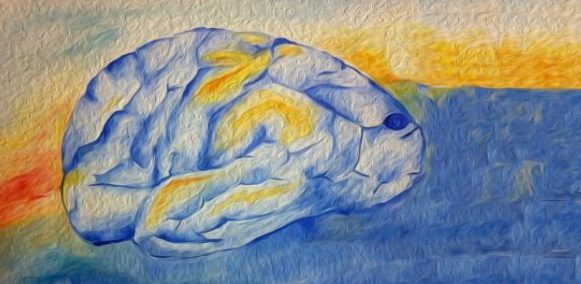Theoretical neuroscience
Theory of spike initiation, sensory systems, autonomous behavior, epistemology
Editor Romain Brette
A Darwinian theory for the origin of cellular differentiation (1997)
J. J. Kupiec
1 comment on PubPeer PubMed: 9236778 DOI: 10.1007/s004380050490
This paper is 20 years old but there is a recent paper providing experimental support to the theory (Richard et al., 2016). Although this may seem quite far from theoretical neuroscience, I believe the ideas sketched in this paper are very interesting for the questions of learning and plasticity. Kupiec has written a number of papers and books on his theory; another one worth reading is Kupiec (2010), “On the lack of specificity of proteins and its consequences for a theory of biological organization”, where he points out the fact that a given protein can interact with many molecular partners, which is at odds with the idea of a genetic program. The criticism is linked to Denis Noble’s critique of the genetic code (Noble 2011).
The general idea of this 1997 essay is the following (I may oversimplify and interpret in my way as I have not read all his works on the subject). The expression of genetic networks is actually noisy (this is well established). This noise can make the genetic network spontaneously jump between several stable attractors (which we call cell types). Now the interesting idea: the amount of noise is actually regulated and depends on how adapted the cell is to its environment (growth factors): less noise when the cell is well adapted. This makes the cell adapt to its environment. The Darwinian flavor comes in when you consider that healthy cells reproduce more.
Why I think this is inspiring for theoretical neuroscience is that when trying to connect learning and plasticity, one common idea is to define a functional criterion that is to be minimized, and then to propose plasticity rules that tend to minimize that criterion. A typical choice is gradient descent. The problem I see is that the cell has no means of knowing the gradient, so there is something a little magic in those plasticity rules. Kupiec’s theory suggests an alternative idea, which is to see plasticity as a stochastic optimization process due to noise in genetic networks. This reminds me of chemotaxis in microbes (eg E. Coli): the microbe swims towards the point of highest concentration by a simple method, which consists in turning less often when concentration increases. There is also some relation to Kenneth Harris’s neural marketplace idea (Harris, 2008).
